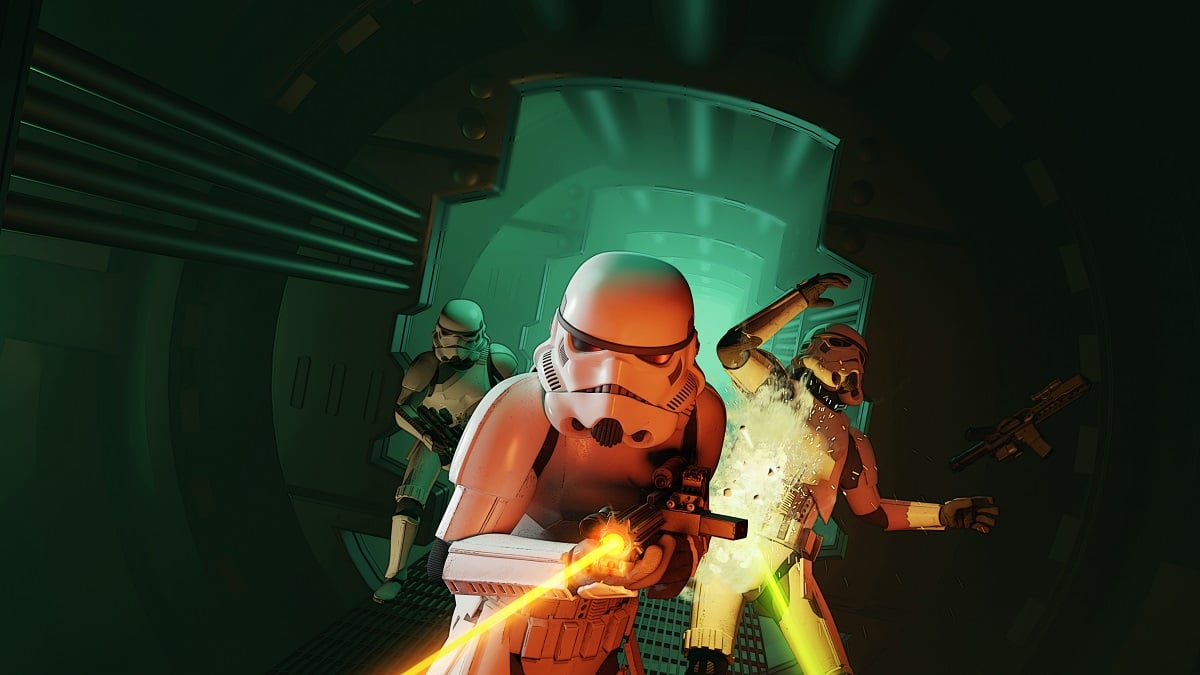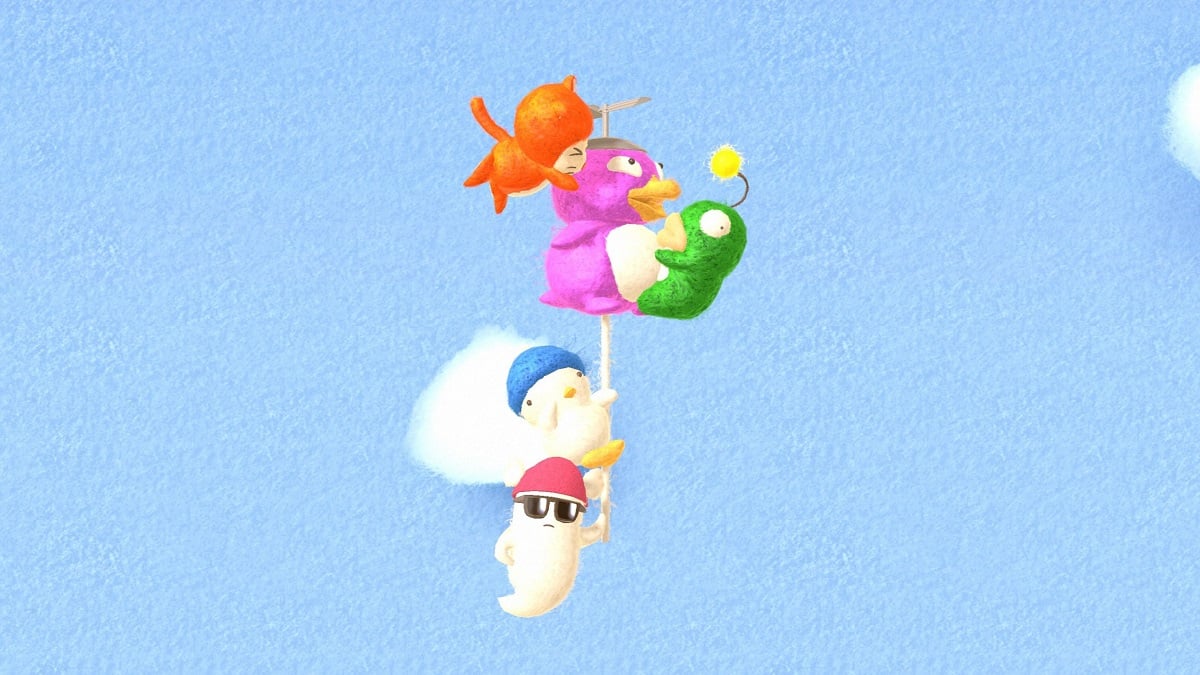
Kine! What a splendidly opaque, wide-ranging phrase. It apparently means “cattle” or “excellent” in Hawaiian Pidgin English, however I’m guessing the nod right here is to “kinematics” as in “abstract, mechanical motion”. That explains about half of Gwen Frey’s swish, difficult puzzler — her solo debut, after leaving Flame in the Flood developer The Molasses Flood and founding new studio Chump Squad. At its most basic, it’s a game about rolling blocks round small, densely furnished grids in the direction of an exit sq.. But it’s additionally, someway, about jazz, blues, friendship, romance and hitting the Big Time, set in a wonderful Hollywood twilight of purple and brass. Here’s Wot I Think.
Those blocks? They are up-and-coming musicians with jaunty little faces, who jiggle alongside to the soundtrack when left to their very own units. They additionally occur to be musical devices — a drum, an accordion and a trombone — whose shifting components may be both instruments or hindrances. The puzzles they negotiate are steps on the best way to a spotlit Main Stage on the high of the world map, the place fame, fortune and (in my case) horrible migraines await. It’s like La La Land, if La La Land was three interlocking Rubik’s cubes. It’s by turns good enjoyable and moderately exhausting.
The first issue is getting your head round these devices and their appendages. These can be utilized to shunt the character round – standing them up vertically, as an illustration, to be able to topple the character throughout a spot. But additionally they hem you in, with ranges annoyingly filled with pillars, crevices and jutting overhangs to get in the best way.
Quat the drum is the simplest to manoeuvre, with a cymbal that slides forwards and backwards, permitting him to kick off partitions and push himself via holes with out rolling. Roo, the accordion, is harder. You can pull out her bellows, permitting her to roll ahead or sideways, or come out the stands to both aspect, permitting her to roll backward or ahead. Euler, the trombone, is trickiest of all: his horn and tube type an ungainly reversible L-shape. Each character can function a platform for the others, and solely one in all them wants to succeed in the exit to finish the extent.
I’ve developed a horrible headache simply attempting to explain all this in a means that received’t immediate visions of Cthulhu ascending from the cosmic abyss with its complexity. Fortunately, Kine is sort of good at instilling its fundamentals and serving to them mesh collectively in your puny human mind, not least as a result of the evolution of the puzzles coincides with the unfolding of the story. The characters start alone, permitting you to grasp them as people, however ultimately fall in collectively on their quest for stardom, unlocking units of puzzles with two or three contributors.
Each puzzle sequence can also be provided construction and charisma by a smooth-sipping blues and jazz soundtrack, which layers up for each conun-drum overwhelmed and each impediment trump(et)ed. It creates a way of momentum akin to a type of large Broadway avenue scenes, the place the lead singer begins off alone and progressively ropes each final onlooker into the routine.
Kine may be very clever about the way it turns the sober enterprise of spatial reasoning right into a automobile for persona, whimsy, and even courtship. In one sequence of puzzles you’ll take Roo and Euler on a date, spinning them round and lifting one character with the opposite in a deranged however cute approximation of disco dancing. Less charmingly, you’ll assist Quat and Roo promote their creative souls to an promoting firm, rolling them amongst piles of paperwork whereas they grumble concerning the gig economic system.
There are snappily worded comedian ebook speech bubbles to set the scene (and toss you the odd clue), however a lot of the story is conveyed by the game’s shape-shifting setting, a backstage limbo piled excessive with props that may be rearranged to counsel an workplace, a jazz membership or a Tunnel of Love. It’s a phenomenal creation, lit by flashbulb stars and fringed by gouts of dry ice. Spin the view, and components of the surroundings carry out of the best way like theatre facades.
But although Kine does an excellent job of drip-feeding you its complexities, I hit a wall as soon as I reached the principle stage. From this level, you must wrangle with all three performers collectively, chaining collectively the shapes they type and coping with their tendency to get in one another’s means. You might need to, say, transport Euler from a lonely precipice to the exit by stacking and restacking Roo and Quat to create a sequence of platforms. These center ranges may be extra of a chore than a delight if block puzzles usually aren’t your jam. There’s an actual rush of feat whenever you nail the sequence, however there are useless ends aplenty – and the extra pissed off you get, the extra urgent Kine’s handful of blemishes change into.
The game’s visible language may use a slight rejig, for one factor. The solid are loveable creatures, however as 3D puzzle items I discover them tiring to learn: there’s only a bit an excessive amount of occurring for consolation. The keyboard controls are barely fussy, too. You can reset particular person strikes or the complete puzzle at will, which is definitely helpful, however there’s additionally a bug on the time of writing the place the enter for altering a personality’s form will get caught on “reset” until you click on the board. I additionally chafed in opposition to the game’s 90 diploma digital camera angles when tackling some layouts – you may angle the view freely by holding right-click, but it surely reverts to these mounted views whenever you let go.
Perhaps most critically of all, getting caught turns that in any other case euphoric, looping soundtrack right into a grind. If this can be a Broadway avenue scene, it’s one wherein the star retains shedding their bearings, pirouetting aimlessly between a lamppost and a hotdog stand whereas the orchestra churns via the identical four-to-eight bars, time and again. Sometimes you may’t even beat the primary puzzle, trapping the rating on the opening percussion layer, and begin to really feel much less like Gene Kelly and extra like creepy Toby Maguire in Spider-Man 3. There’s a curious discordance between the music and the musical devices in your cost, who pontificate when chosen or moved. This helps you distinguish them, but in addition means there’s a relentless, deadening barrage of stray notes or drumbeats even when you realize what you’re doing.
I’m unsure there’s grounds for it, however I need to learn extra into that discordance. Kine would possibly organise itself like a musical composition, but it surely additionally retains you at arm’s size from the music. You’re right here to maneuver the performers round, not strut your stuff. Perhaps the ethical of the story there may be that uncooked expertise solely will get you to this point; that the largest stars took off not simply because they’d the perfect tunes, however as a result of they’d managers who knew learn how to transfer them up the ladder. Or maybe that is only a game that, for all its huge cleverness and heat, hasn’t fairly put the items collectively.








